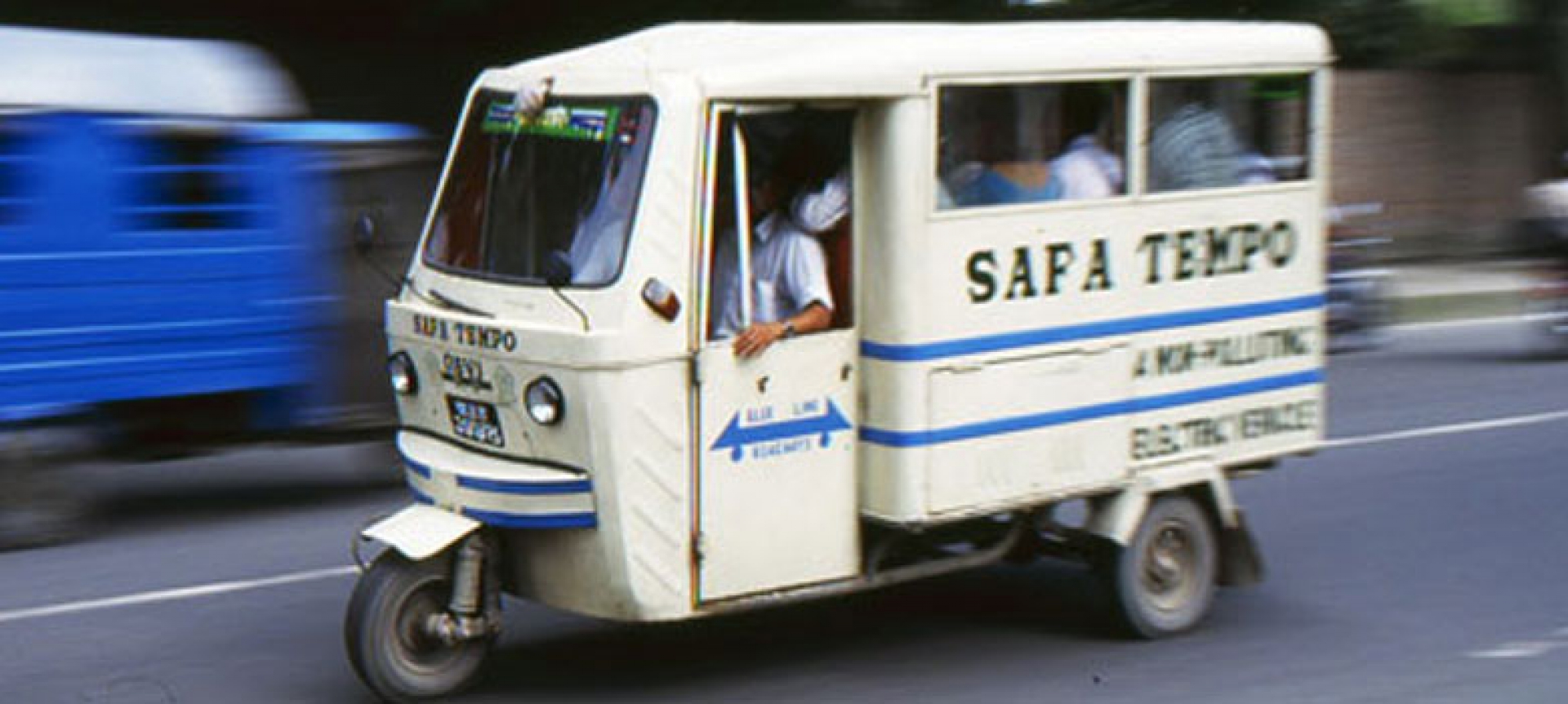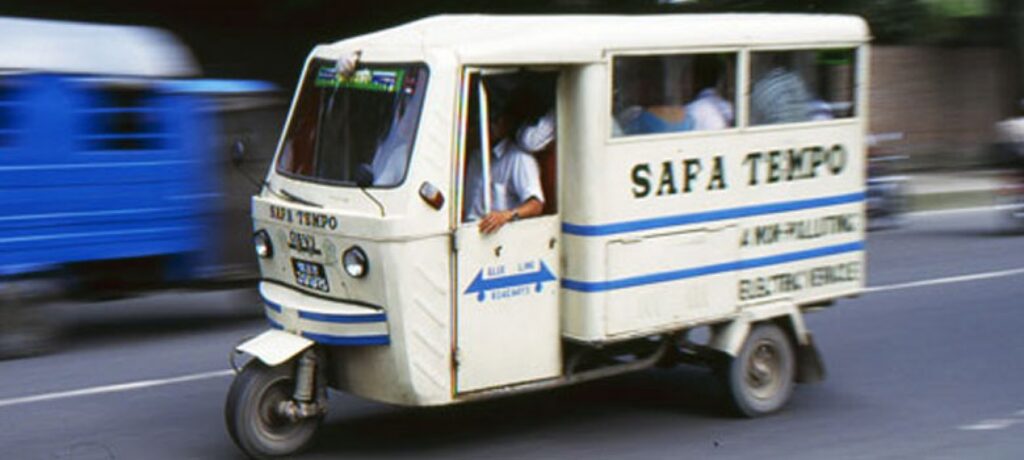As of March 31, 2025, Nepal’s business and financial sectors are navigating a delicate balance of recovery and structural hurdles. The Nepal Stock Exchange (NEPSE) shows signs of stabilization, yet economic stagnation, regulatory concerns, and political unrest pose ongoing risks. Drawing from Nepali news outlets like Nepal News, Khabarhub, Business Standard, and The Kathmandu Post, alongside sentiment on X, this analysis explores market trends, sector-specific developments, and broader economic dynamics.
NEPSE Gains Amid Fragile Confidence
The Nepal Stock Exchange (NEPSE) has displayed cautious growth, with a March 30 X post by @FiscalNepal reporting a 29.82-point rise, pushing the index to 2,711.97 points as political tensions in Kathmandu eased. This follows a turbulent period: Khabarhub noted a 14.88-point (0.55%) drop to 2,682.15 on March 19 due to economic and political pressures, while The Kathmandu Post reported a 26.10-point increase to 2,640.78 on March 23. These fluctuations reflect a market sensitive to Nepal’s volatile political climate, marked by pro-monarchy protests and governance issues.
X users are divided—some view NEPSE’s gains as a sign of recovery, while others warn of fragility without tackling corruption and stagnation. The protests, which have caused violence and arrests, underscore the political instability impacting investor sentiment.
Financial Sector Under Scrutiny: Suspicious Transactions Rise
Nepal’s financial system faces growing concerns, with Nepal News reporting a surge in suspicious transactions in banking, insurance, and real estate. The Financial Information Unit (FIU) of Nepal Rastra Bank flagged these as potential money laundering risks, threatening trust in NEPSE during its recovery phase. X posts express frustration over weak regulatory oversight, urging stronger transparency measures.
This issue is critical as Nepal seeks foreign investment ahead of its developing nation status transition. Stricter regulations could curb illicit activities but may burden businesses, potentially slowing growth.
EV Market Expansion: Rattanindia’s Entry
A bright spot is the growth of Nepal’s electric vehicle (EV) sector. Business Standard reported on March 19 that Rattanindia Enterprises, via Revolt Motors, partnered with MV Dugar Group to enter Nepal, launching a Revolt Hub in Kathmandu in April 2025 for electric motorcycles and services. Rattanindia’s stock climbed 2.09% to Rs 42.90, signaling market optimism. This complements efforts like Gogoro’s 45 battery swap stations in Kathmandu Valley, boosting Nepal’s green economy.
Challenges persist, including high EV costs and limited rural charging infrastructure, but this positions Nepal as a regional EV contender, potentially drawing further sustainable tech investments.
Economic Challenges: Liquidity and Trade Deficits
Despite NEPSE’s uptick, structural issues loom large. Khabarhub reported on March 19 that over NPR 812.8 billion in liquidity remains idle due to scarce investment opportunities. Banks prioritize debt recovery over lending, stalling growth. Nepal News highlighted a trade deficit with 126 countries, exacerbating economic woes. The World Bank’s October 2024 Nepal Development Update noted public debt at 42.7% of GDP in FY24, with end-of-year spending spikes fueling inflation and poor-quality investments.
Redirecting liquidity to sectors like infrastructure, energy, and agriculture could drive growth, but political instability and low investor confidence hinder progress.
Gold Prices and Market Transparency
Gold prices, a gauge of economic sentiment, stabilized at Rs 176,000 per tola, with silver at Rs 2,030, per Nepal News on March 20. Khabarhub earlier reported a peak of Rs 176,000 driven by global prices exceeding $3,100, as noted by Moneycontrol. This reflects Nepal’s exposure to global uncertainties, with gold as a safe-haven asset.
NEPSE’s new 15-minute weighted average closing price rule aims to enhance transparency and reduce volatility. Investors welcome this, though its long-term effects are uncertain.
Energy and Infrastructure Progress
Energy reforms are advancing, with Nepal News reporting on March 20 that Energy Minister Dipak Khadka pledged support for small-scale hydropower via public-private partnerships. Hydropower is vital for Nepal’s energy and exports, but the Nepal Electricity Authority warns of potential power cuts due to industrial demand, which could deter investors.
Infrastructure upgrades, including the Benighat-Arughat-Larke and Butwal-Pokhara roads, promise better connectivity, but fiscal constraints and timely execution remain challenges.
Budget and MCC Coordination
As Nepal nears its budget deadline, Khabarhub reports the Ministry of Finance, led by Minister Bishnu Paudel, is prioritizing realistic budgeting and coordination with Millennium Challenge Corporation (MCC) donors for infrastructure and energy projects. While MCC funding offers potential, it faces domestic political opposition over sovereignty concerns.
Global Context and Nepal’s Vulnerabilities
Global markets face uncertainty, with Moneycontrol noting U.S. CFOs’ recession fears over Trump’s tariffs and The Economic Times reporting Japan’s Nikkei at an 8-month low on March 31. Nepal’s trade deficits and import reliance expose it to these headwinds, impacting sectors like hydropower and tourism. NEPSE’s gains must be viewed cautiously in this context.
Sector-Specific Developments
-
Banking: The FIU’s report on suspicious transactions highlights regulatory gaps, despite past World Bank-supported reforms. Stronger oversight is needed to ensure stability.
-
Fintech: The launch of Getpay, Nepal’s first payment orchestration platform (Techpana), signals fintech growth, but social media registration rules could hamper digital outreach.
-
Tourism and Aviation: The Economic Times noted SpiceJet’s profitability, potentially benefiting Nepal’s aviation and tourism. Political unrest, however, threatens tourist confidence.
Critical Analysis
NEPSE’s gains and EV sector growth are encouraging, but they mask deeper issues. Short-term measures like NEPSE’s transparency rule or energy promises often sideline systemic reforms needed to address corruption, governance, and idle liquidity. The rise in suspicious transactions raises concerns about financial vulnerabilities, potentially deterring investors. Nepal’s reliance on global trends and MCC funding underscores limited economic autonomy, while political resistance to foreign projects complicates progress.
Conclusion
On March 31, 2025, Nepal’s business and financial sectors blend cautious optimism with persistent challenges. NEPSE’s 29.82-point rise offers hope, but suspicious transactions, economic stagnation, and global uncertainties loom. EV expansion, energy reforms, and infrastructure projects lay a foundation for growth, yet systemic issues like corruption and governance must be addressed. As Nepal finalizes its budget and navigates global trends, balancing short-term stability with long-term reforms will be critical for sustained progress.


